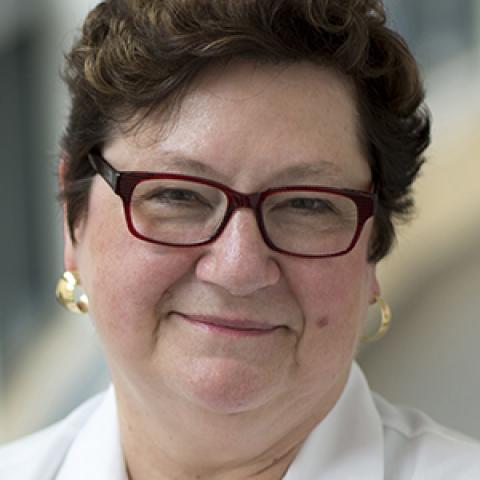It’s windy and snowy again today. The temperature has swung wildly downward hitting sub-freezing temperatures after hitting unseasonable highs several times just a few days ago. But they tell me that soon, it will swing back into more seasonal temperatures. It has also rained a good deal lately. The ground is soaked, and with the high winds, some of the big trees that have the more superficial root systems are susceptible to being blown over. There’s already one down, just two houses down the street. Fortunately, when it fell, it missed both the house and the street. The root ball, now out of the ground, is much taller than I am. It is a casualty of the vagaries of a Cleveland spring.
Our bulbs are up several inches. Will they be frozen? Will the buds I see on my bushes be nipped, and die? Or will they burst forth in glory at the next uptick of the thermometer, rewarding us for our patience?
Medicine, biomedical research, and medical education are a lot like these last few weeks. The winds of change blow through and threaten even large enterprises, especially those that are not rooted strong and deep in bedrock principles. In medicine, some days our patients all seem to be thriving and improving, and then there are dark days when pain, disability and death crowd into the patient space, all at once, and we cannot keep them at bay. Some weeks and months the lab gets fabulous data all concordant with our hypotheses, and sometimes, no experiment goes right, or if they do, the results demolish our cherished beliefs and we have to start anew. Some weeks the mice get sick before we start and the cell cultures are all contaminated, and sometimes robust cells and beautiful mice grace our experiments.
For educators, we sometimes have weeks where success is rampant – the scores on USMLE come back at the top of the heap, and the match was – well – made in heaven. Then some weeks no one seems to understand countercurrent exchange, or the entries and exits from the brachial plexus, or the taxonomy of certain blood cancers, no matter how hard we try to explain. We have to accept the vagaries of our profession, persevere, make it better, ignore the last insult and slight, battle ignorance, get past pride, work for the common good, and keep the faith.
In the end, we will continue to see stunning biomedical discoveries, and our students will break through the fog and understand the next lesson. Even if things don’t go well for our patients, we can take comfort that what we offer them today is improved even over a decade ago, and that in the end we must take comfort in improving their lot and doing our best.
But the winds of change are blowing through our profession. The pace in the lab is frenetic. New therapeutic discoveries make some diseases irrelevant, but may be so expensive that our economy cannot sustain them. The New York Times reports that personalized medicine and genomic guidance of therapy is no longer only the province of academic medical centers, but can be had in small cities remote from the coasts or the metropolis. Can we manage the pace and the cost of discovery? How will we sustain the biomedical economy when support for both basic discovery and therapeutic development is fickle and swings with a Tweet? Will it be sufficient to obtain our intellectual stimulation online, or will we still need to cluster researchers and exchange ideas at the water cooler? Can we afford it? Will some of our cherished beliefs and institutions blow away?
Though today is windy and snowy, we know spring will come. Though we are sometimes buffeted in the clinic, in the lab and in the classroom, we can take comfort in the steady trajectory toward great student preparation, important biomedical discoveries, and innovative application of our ideas to patient care. Spring will come.
Pam


